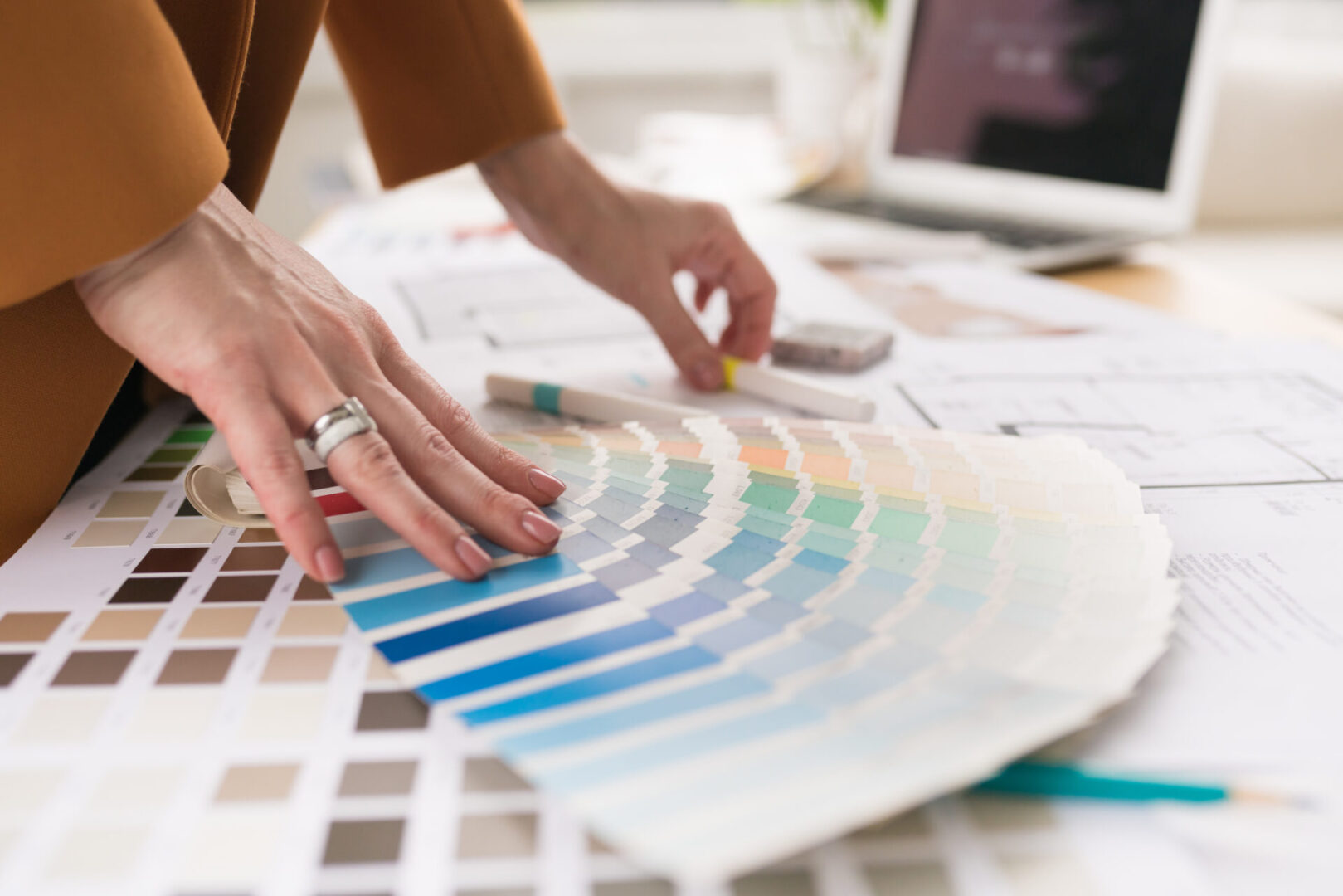The “Why” of Your Workspace: Four Questions Your Designer Should Ask You
By Amy Tobia
It’s time to re-design or move your business space. Perhaps you have rows of empty cubicles as more employees work remotely. Or maybe you have experienced so much growth in recent years you have C-level officers sitting in grade F offices.
How can you be sure your workspace’s next iteration will not only be better, but also encompass all your business’ needs — both those that are known and the inevitable unexpected changes that come with owning or running a business?
It’s an interior designer’s job to plan and create a workspace that addresses business concerns and pleases the eye. To get it right, and to know you’ve hired the designer who will correctly translate problems into solutions, be sure your interior designer asks these essential questions.
The Four Questions Your Workplace Interior Designer Must Ask You
1. What are your design project’s numbers?
This is a bit of cheat because there are several questions wrapped into this one, but they are all very important. The numbers the designer should collect from you right away are:
- Time: Is there a deadline by which the project must be ready or a timeframe for when it can occur? Is there a delay to when the project can begin? Perhaps you plan to temporarily move operations by leasing space during the work or you’re onboarding 10 new people this year. All of this is critical information for the designer to know. And with construction timeframes today, you need to be asking these questions 18 to 24 months before your lease expires.
- Size: Any information about the space’s dimensions should be top of the designer’s mind. The designer should ask about areas where there is no compromise on size, such as server or conference rooms. Asking about what’s behind closed doors that could make an impact on the design plan should be part of the designer’s approach.
- Budget: Arguably, before the discussion turns to colors and furniture, the most critical question your designer should ask you is the project’s budget.
2. What us your motivation for redesigning the existing space or moving to a new one?
Whether it’s to accommodate a growing or shrinking workforce or because a lease is up at the current space or, simply, because the area looks old, tired and worn — a good designer will want to know what’s driving the design change. Understanding the design project’s goals ensures the result resolves any issues with the current space and helps the business be successful moving forward.
3. What do you appreciate, and what do you hate, about your current space?
The executive assistant has counted that it’s 118 steps to the nearest printer, which is frustrating to her as she juggles a busy supervisor’s constant document flow. Everyone loves the view from the breakroom, but it’s cramped and uncomfortable. Meeting rooms are designed for large groups when usually only three people need them – and can’t find one open. Your designer should ask about the things you like and dislike, large and small, about your current workspace to ensure the good features are replicated and the bad issues are addressed.
4. Are there changes to your business, including its culture or management, or your industry that impact operations and space?
Traditionally, law firm offices included a “library” filled with volumes of constantly updated codes, cases and regulations and tables and chairs for research. Now, with all that information online, law firm libraries have gone the way of judge’s white wigs.
Meanwhile, with video conferencing on the rise as more people work from home or have decreased travel for client meetings, office noise levels increased from multiple, simultaneous Zoom meetings.
Your designer should ask about changes to your company and industry that impact how you operate and use your space. This can include everything from how collaborative your team is to how much printing they do. This allows your designer to make recommendations about such things as surfaces that impact acoustics and the amount of private vs. collaborative spaces you need.
Choosing the Right Designer for You
Designers and their visions are as unique as your business’ space needs. When you receive a referral or find a designer online, it can be hard to know if this is the professional that’s right for your project. A designer who asks these questions is one who will listen to your wishes and grant you a functional, comfortable and beautiful workspace so you and your employees can thrive.

